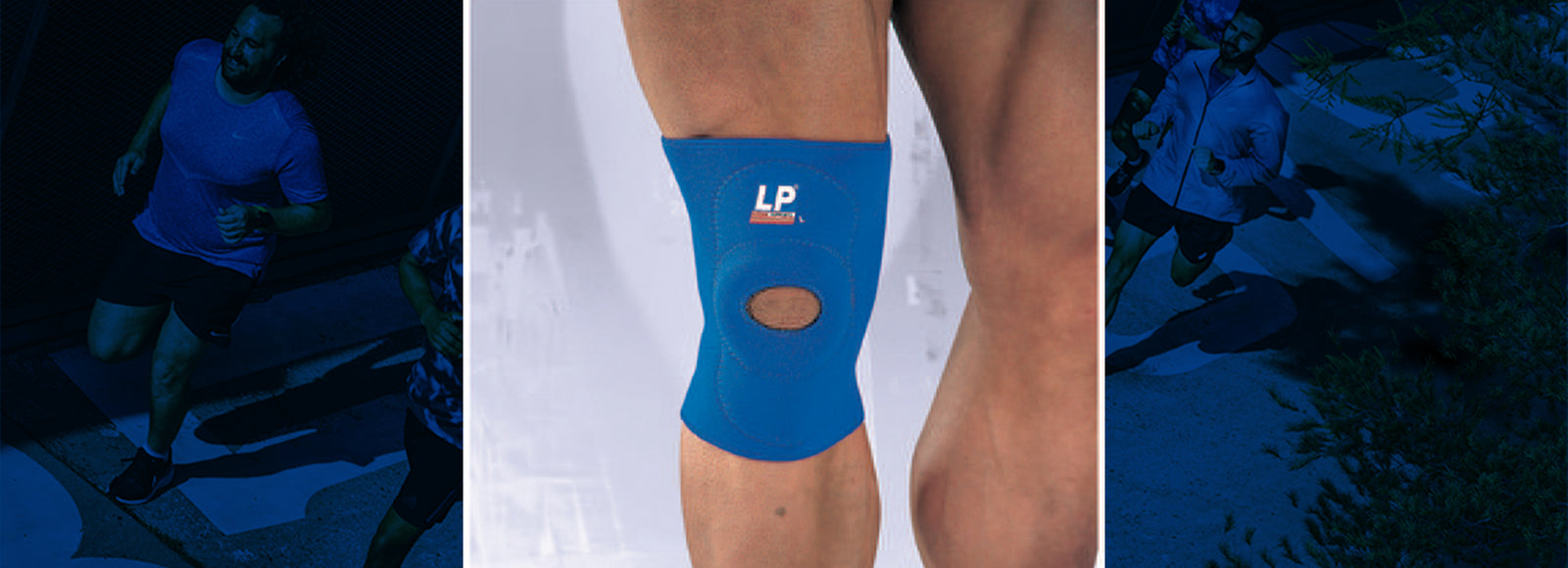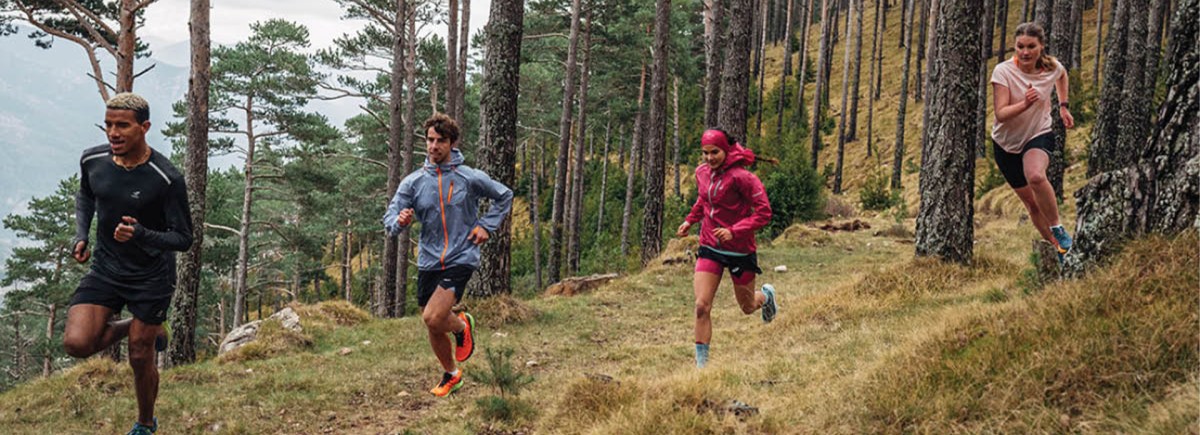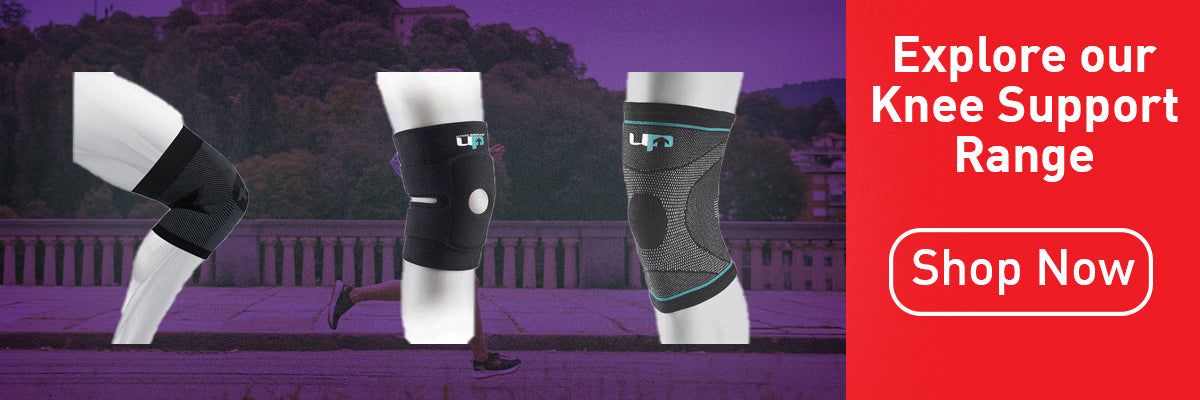
Should I wear a Knee Support while Running
If you’re a runner, then there is a good chance you have suffered knee pain at some stage in the past. If you have, then you’ve probably considered a knee support to help?
Knee trouble is so common with runners because of the wear and tear of high intensity, high mileage running.
When it comes, it can be a nightmare to deal with and downright painful too.
But wearing a knee brace can help.
Remember: Prevention is better than Cure!
In this blog we’ll go into further detail on how it can help you run pain free for years.
Should I wear a Knee Brace while Running
Whether you have a knee injury or not, wearing a knee brace will give you extra support.
Particularly if you’re doing high mileage during your training blocks and want to take some impact pressure off your knee joints to make sure you’re 100% for the race.
Plus, the last thing you want is for knee pain to disrupt your training schedule and potentially put you out of action.

How to Buy a Knee Brace
Because knee braces come in all different shapes and sizes, it’s important to get the right one for you.
So firstly, consult your physio, especially if you have pain or feel a niggle coming.
Check out our blog on How to Stay Injury Free While Running HERE.
They will be able to consult you about buying a traditional style knee brace, one with extra support or a medial, hinged or patellar knee brace.
Some key things to lookout for are:
- Adjustable support
- Breathable material
- Flexible side stabilisers
- Open patella design
Types of Knee Brace
Compression Sleeve Knee Brace
The most basic amount of support is provided by a compression sleeve. Since they are typically safe to wear when you have any form of pain, these are typically the first type that most runners look for.
Simply a tight sleeve around the joint, this kind of brace prevents the accumulation of edema and enhances the joint’s ability to move independently in space. Additionally, even though this brace is the least bulky, it provides the least support.
Patellar Knee Brace
The patellar brace is the next tier of support.
It relieves pressure on the tendon and directs the patella (knee cap) to track in a straighter pattern.
It is similar to the sleeve but has a thicker area that affects the kneecap. These are frequently used for patellofemoral discomfort and problems with the patellar tendon.
Medial & Lateral Support Knee Brace
The medial/lateral support braces are the highest level of support. These have sturdy, hinged sections that aid in preventing knee buckling.
They serve as defense against sprains and tears for the knee’s ligaments, particularly the medial and lateral collateral ligaments.
By defending against rotational pressures, they also safeguard the ACL.
The bulkiest of the group, these are often constructed of hard plastic, feature straps, and are heavy.
In addition, there is a “off-loading” brace for meniscus injuries that relieves pressure on the medial or lateral meniscus following a meniscus injury, surgery, or when arthritis is present.
Conclusion
Generally, a knee support is not something you want to rely on consistently either.
Being used as a stop-gap, intermittently through your training and to treat/prevent injury is the right time.
If you need it 100% of the time, then it is definitely a sign to go see a doctor, or maybe explore other forms of cardio.
We have a wide range of knee braces available on our site or instore.
But don’t forget to do your research and speak to a professional before making the final purchase.
If you are just starting your running journey, check out our Beginners Guide To Running HERE.
